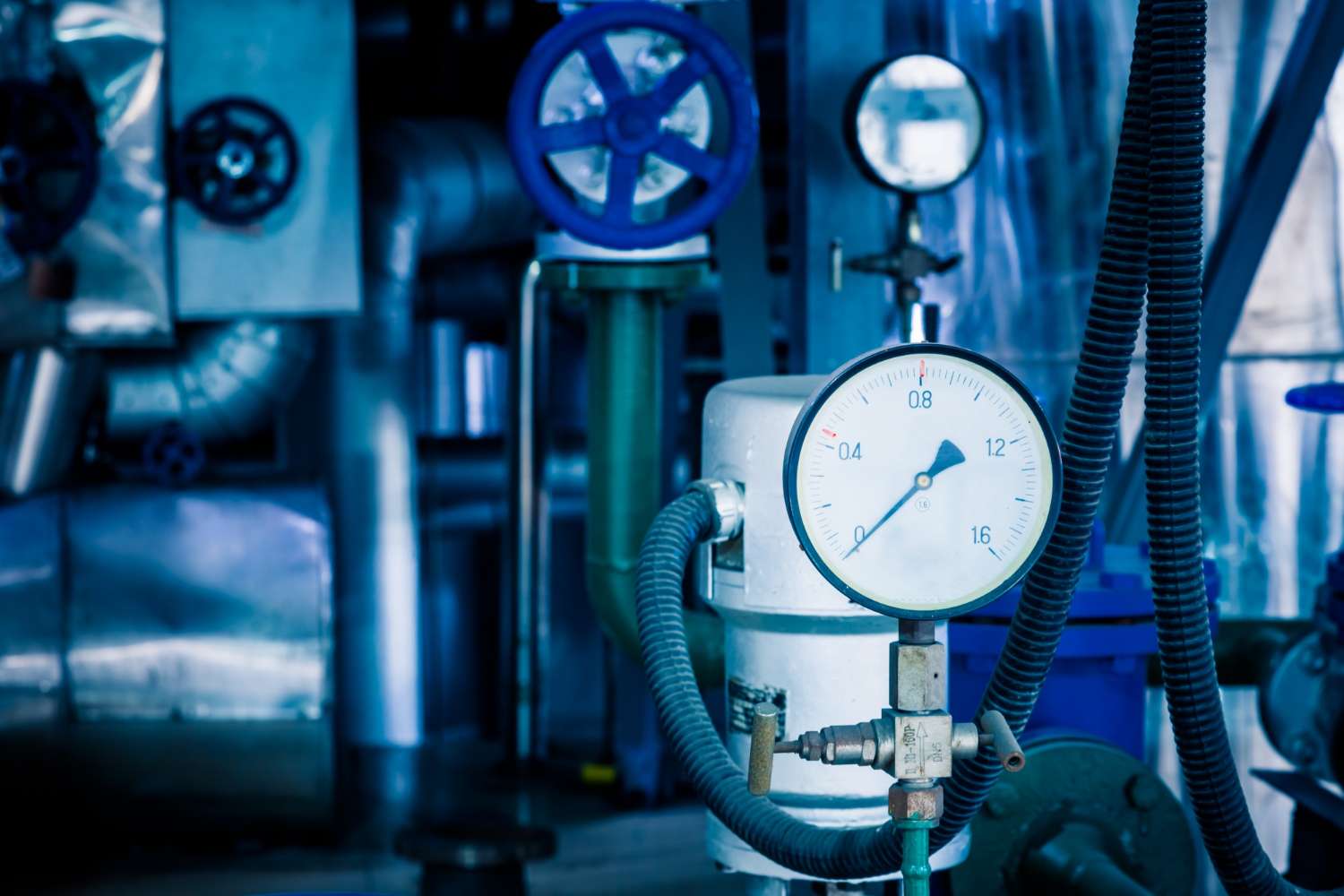Pressure sensors are critical devices used to measure and monitor pressure changes in industrial, commercial, and consumer applications. These sensors convert the physical force applied to them into an electrical signal, enabling precise measurements and control. In our new blog post, we take a closer look at the working principles, functions, and areas of application for pressure sensors.
What is a Pressure Sensor?
Pressure sensors, also known as pressure gauges or transducers, are devices that detect and measure the force applied to them. They contain a sensing element that converts the applied pressure into an electrical signal, which is then further processed for interpretation or control purposes. Pressure sensors are available in various types, designs, and technologies suitable for specific applications.
Working Principles
Pressure sensors operate based on various fundamental principles, such as mechanical, optical, capacitive, piezoelectric, and strain gauge mechanisms. The selection of a particular sensing mechanism depends on the required sensitivity, response time, temperature range, and pressure range of the application.
Mechanical pressure sensors typically use a diaphragm or Bourdon tube that flexes in response to applied pressure. This flexing is converted into an electrical signal through mechanical linkages or strain gauges. Capacitive pressure sensors rely on changes in capacitance due to the applied pressure, while piezoelectric sensors generate an electrical charge due to mechanical stress caused by pressure.
Applications of Pressure Sensors
Pressure sensors have a wide range of applications across various industries due to their ability to accurately measure and monitor subtle pressure changes. Some common applications include:
Industrial Automation
In industrial automation, pressure sensors are used to monitor and control various processes. They play a crucial role in applications such as hydraulic and pneumatic systems, HVAC systems, leak detection, and liquid level measurements.
Medical and Healthcare
Pressure sensors are used in medical devices and healthcare systems. They provide accurate measurements and ensure patient safety in devices such as blood pressure monitors, ventilators, infusion pumps, and dialysis machines.
Aerospace and Aviation
In the aerospace and aviation industries, pressure sensors are used in flight systems. They are applied in altitude and airspeed measurements, cabin pressure monitoring, and fuel management, contributing to the safe and efficient operation of aircraft.
Consumer Electronics
Pressure sensors are increasingly integrated into consumer electronic devices. They enable features like touchscreens, pressure-sensitive buttons, and touch-responsive surfaces. They are also used in wearable devices such as fitness trackers for heart rate and blood pressure measurements.
Environmental Monitoring
Pressure sensors are used in environmental monitoring systems for weather forecasting, flood control, and air quality monitoring. They help collect critical data in research and decision-making processes related to climate change and natural disasters.
Process Control and Measurement
Pressure sensors are an integral part of process control and measurement in industries such as oil and gas, chemicals, and pharmaceuticals. They help maintain accurate pressure levels, regulate flow rates, and ensure the safe and efficient execution of industrial processes.
Pressure sensors are versatile devices with a wide range of applications across different industries. Their ability to accurately measure and monitor subtle pressure changes allows for efficient process control, increased safety, and the development of advanced technologies. As technology advances, pressure sensors are expected to play an increasingly important role in emerging fields such as robotics, smart cities, and IoT applications. These sensors are regarded as vital tools in areas such as industrial efficiency, safety, healthcare, and environmental monitoring, and are projected to have an even broader range of uses with future technological developments.

